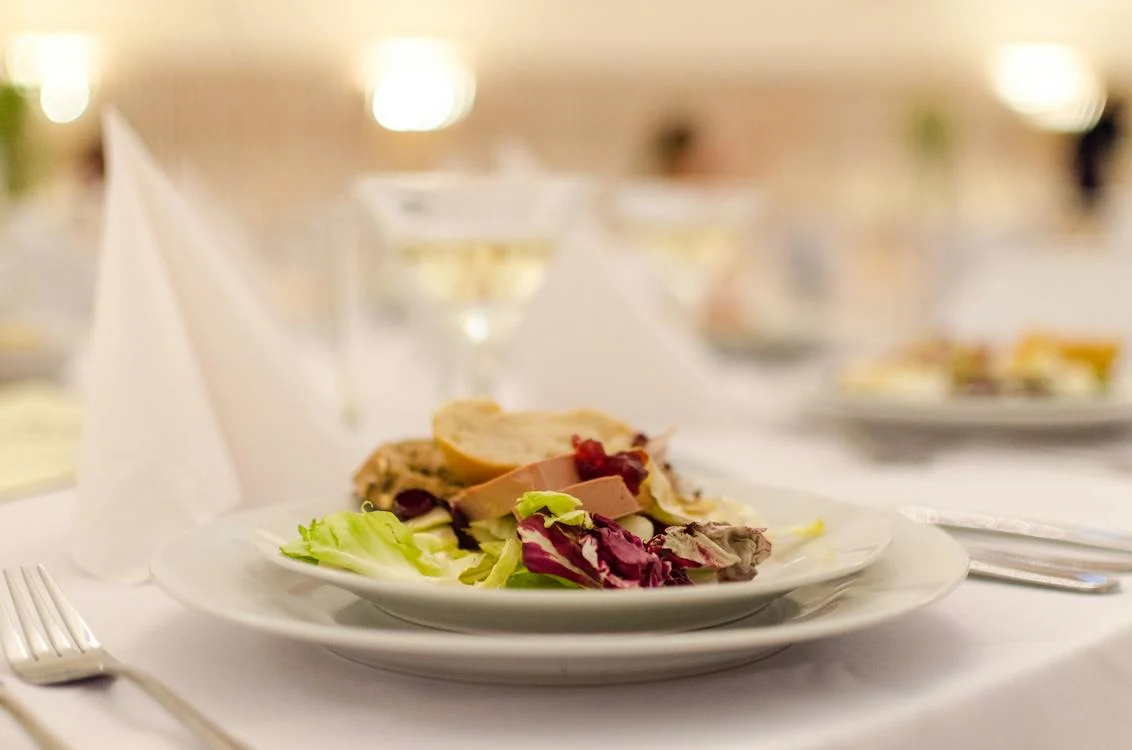Working as a server in a restaurant or diner is all about ensuring that customers are satisfied with their meals and overall dining experience. Diners pay for good food, but they also expect good service, which is why the industry is called the hospitality industry.
Foodservice is an important part of the restaurant experience, particularly in fine dining establishments. Being a friendly as well as efficient server is an excellent way to impress your guests and earn gratuities.
Continue reading to learn how to properly serve meals in a restaurant if you want to provide the best customer service at your job.
Four Types of Services
When it comes to the dining experience, restaurants follow a variety of models. There are numerous ways to serve guests, ranging from counter-service diners to opulent five-star restaurants.
In general, most restaurants will adhere to one of the following service models:
1. Quick-service
Quick-service, made popular by fast-food restaurants as well as other establishments, is all about speed, efficiency, and convenience. A customer places their order, waits a few moments at the counter, and then departs with their meal. Some restaurants, but not all, have a dining room.
2. Fast-casual
A fast-casual restaurant, like a quick-service restaurant, will frequently take orders at the counter but will also have a dining room. Typically, guests are given a table marker so that the kitchen staff can deliver the meal. Diners are sometimes given a pager to alert them when their food is prepared at the counter.
3. Casual Dining
The casual dining experience is the norm for many restaurants, focusing on great food and service at an affordable price. Guests are frequently seated by a host, and their meal orders are taken by a server. The server will then deliver the meals and make sure that the customers are happy and satisfied.
4. Fine Dining
Fine dining establishments offer the most sophisticated level of service available, providing unrivaled service in a high-class setting. Customers expect exceptional service, elegant decor, and customized menus of one-of-a-kind expertly prepared meals.
Getting Meals From The Kitchen
Kitchens are crowded and noisy places. Even the best chefs make mistakes from time to time. Because first impressions are important, you should double-check the orders before leaving the kitchen. Even if a mistake was made by the back-of-house staff, it will reflect badly on you and the entire restaurant.
Do not forget to check this list:
- All meals are assigned to the appropriate table.
- All orders, including any substitutions, are correct.
- There are no flaws in the plates or bowls.
- Include extra cutlery, such as steak knives and soup spoons.
- Put the condiments such as butter or sauces on the side
These minor adjustments improve customer service and help you avoid sending food back to the kitchen.
Putting Meals on the Table
The proper way to serve food is likely unknown to your customers, but it is critical to you. This method necessitates placing the dishes in front of the customers and moving them away from the proper side. This will improve their overall dining experience.
Chef Albrich, an Austrian-born fine dining expert, believes that placing meals from the left and removing them from the right is not always the best way to serve guests. According to him, the practice of serving guests from the left began many years ago, when food for meals was served on large trays. Empty plates would be placed in front of guests from the left side, followed by each plate being filled with food from the large tray.
1. Serve from the Left
If the establishment where you work serves its customers with empty plates that are later filled at the table, those plates should be served to the customer from the left side. Sides like vegetables and bread can also be delivered from the left and removed from the left.
2. Serve from the Right
If the customer’s plate is set up in the kitchen, it should be brought to them from the right side. Pre-plated food – with the exceptions noted above, beverages, all empty plates, and utensils should be provided to the right of the guest. All dishes served from the right must be removed from the right as well.
Serving Wine
The art of fine dining requires proper wine service. Instead of relying on a bartender to supply the wine, fine dining servers serve the wine at the table, following the proper steps in the correct order. Follow these guidelines to impress any wine enthusiast with your meticulous service:
1. You should know how to use a wine key
Using a wine key, also known as a corkscrew, is not hard, but you should be able to open a bottle in the air without incident. At home, practice using the corkscrew wine opener so you can open bottles with confidence.
2. Bring everything at once
Bring everything you will need for the service in a single trip. The wine bottle, a wine glass for each guest, a wine bucket with ice for chilled wines, and your corkscrew are all required.
3. Present the wine
Standard wine service requires you to display the wine bottle to verify the selection. Hold the wine bottle up to the guest who purchased it and state the wine’s name. You can begin the service once the guest has given his or her approval.
4. Sampling
After uncorking the bottle, place the cork, wet side up, in front of the guest who ordered it. Pour a small portion for the guest and patiently wait for them to nose, swirl, and sip it. You can start pouring for the table once it has been approved.
5. Pouring
Pouring should be done clockwise around the table, starting with all the ladies and ending with the guest who purchased the bottle.
6. Hands-off
When the service begins, never touch the wine glasses on the table as you pour. If a guest indicates that they do not want wine, remove the glass discreetly at the end of the wine service.
Clearing Plates
You should always clear from the right side, no matter how you serve the food. Walk clockwise to pick up all remaining dishes in the same manner that you would pour wine. Plates should not be stacked on top of each other in fine dining establishments. This not only looks sloppy, but it can also cause loud noises as the glass clinks together. Instead, place a tray on a nearby table that is out of sight. You can stack your plates here and transport them to the kitchen with ease.
General Serving Guidelines
1. Never ever touch a customer
Try to avoid bumping into customers, especially when serving and placing the food. If you spill something, do not try to clean it up on the guest.
2. Never touch yourself
Because appearances are important, avoid touching your face or other body parts. If you need to wipe your hands, use a napkin or an apron.
3. Use open hand service
You should never reach over a guest or cross them at an angle. Instead, serve with the same hand from the left or right. Use your left hand if serving from the left. Use your right hand if serving from the right.
4. Serve food together
Bring appetizers, main courses, and desserts all at once. Some customers order an appetizer as a meal, so it is fine to inquire whether they want it first or with everyone’s meals.
5. Do not touch the rim of the glass
Carry all cups and wine glasses well below the top of the table. This prevents germs from spreading and assures guests that their glassware is clean.

